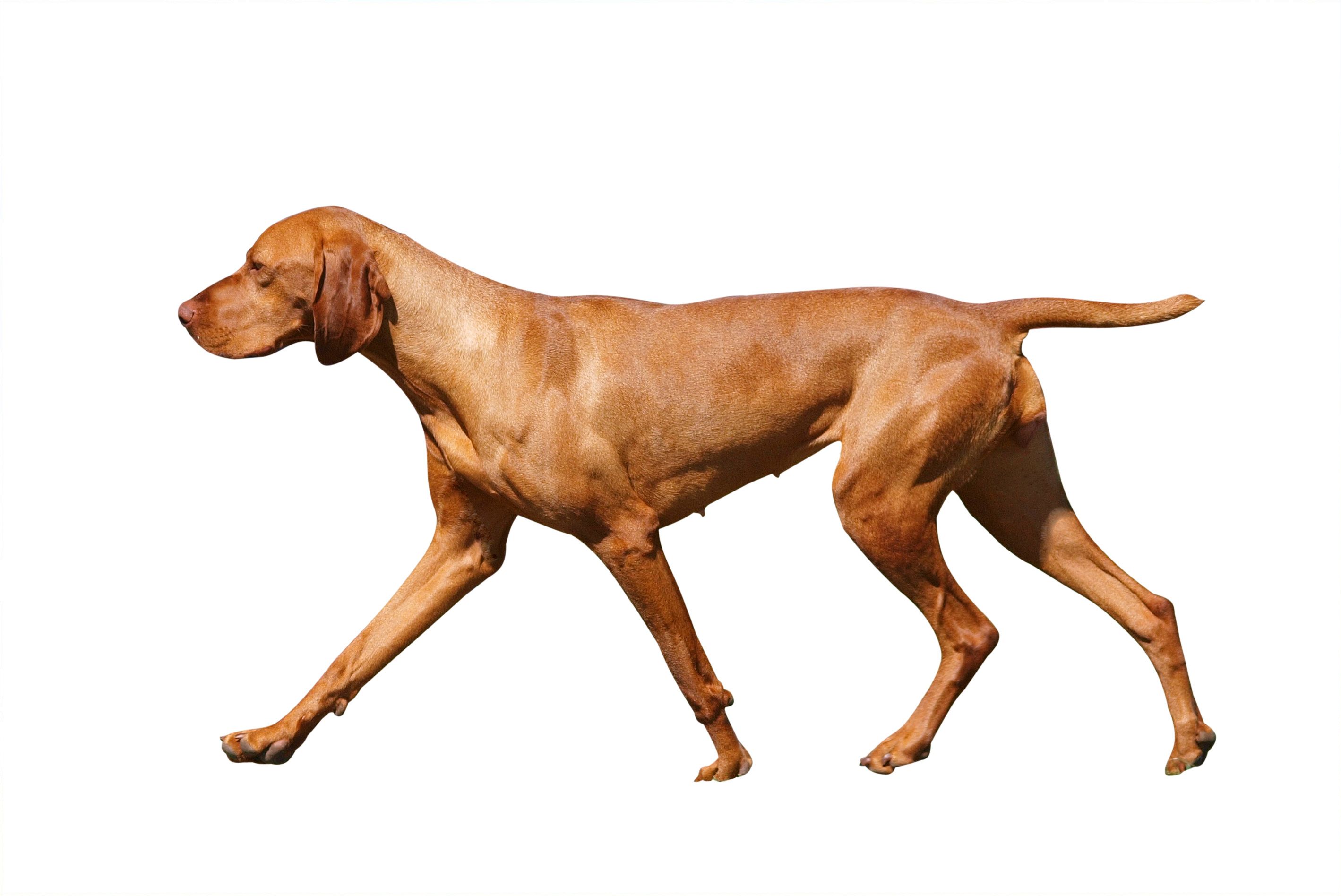Including an orthopedic exam in a regular wellness exam helps detect existing or potential issues that may have been overlooked, according to David Dycus, DVM, MS, CCRP, DACVS-SA, chief of orthopedics at Nexus Veterinary Bone & Joint Center and medical director at Nexus Veterinary Specialists in Baltimore, Maryland.
During a session at a Fetch dvm360® conference, Dycus explained that early identification of orthopedic problems enables veterinarians to take a proactive approach to many developmental orthopedic diseases, ultimately resulting in the best quality of life for patients. He then highlighted several tips and tricks for performing a thorough gait evaluation and orthopedic exam so that, if necessary, diagnostic testing could begin.
Gait evaluation
Dogs
Dycus explained that gait evaluation is just as essential as palpation and recommended watching the dog walk and trot toward you, away from you, and from the side. To better assess a dog with abnormalities, he suggested getting in the habit of also watching seemingly normal dogs walk.
For gait analysis, you’ll need more space than an exam room. Dycus suggested using the hallway, a dedicated room, or a parking lot. He mentioned that he uses a trick—recording a video on his phone of a dog walking and trotting—to get a better look and allow him to play back the footage to analyze if an issue is present. He then plays the video in slow motion for more precise evaluation.
Cats
Dycus said he prefers to watch cats move around the room and interact with objects. He has the pet parent place the cat on the examination table or countertop. Because most cats will willingly jump off, if they do not or hesitate, this may indicate pain or discomfort in their front limbs. If the cat jumps down and immediately attempts to put their hind legs beneath them, this may mean they’re experiencing elbow pain. If the cat is hesitant to jump up, this can indicate hind limb pain, Dycus said.
Debunking orthopedic exam myths
David Dycus, DVM, MS, CCRP, DACVS-SA, outlined a few myths about why veterinarians are often reluctant to perform orthopedic exams during wellness checkups. Then he debunked them.
- Myth: If lameness is not present, there are no orthopedic issues.
- Fact: Orthopedic problems often start with minimal lameness or only stiffness or soreness. Further, in a hospital atmosphere, adrenaline may hide a subtle lameness.
- Myth: There is not enough time to perform an orthopedic examination.
- Fact: Orthopedic examinations in healthy animals take 4 minutes or less when incorporated into the wellness exam.
- Myth: The orthopedic examination is challenging and will cause the pet pain.
- Fact: When performed correctly, the orthopedic examination should not cause pain or stress.
- Myth: If the joints were moved through a range of motion and there was no pain, the animal must be normal.
- Fact: Don’t rely solely on pain as an indicator of a problem; keep the motions slow and controlled to identify any spasms, tensions, or resistance to motion.
The orthopedic examination
Tips
Dycus said in a healthy animal, orthopedic exams should take less than 4 minutes, but in those with an abnormality, time should be dedicated on the specific region to correctly identify the problem.
When performing the exam, he advised keeping the motions slow and controlled and putting limited pressure on the patient. He also advised not to disregard a client who expresses their pet is experiencing lameness, even if it does not occur in the exam room. If the owner has a video of their companion animal walking around that they want to show you, watch it because the lameness they describe may be demonstrated in the video.
Additionally, Dycus said to be sure to focus on the animal’s history because, many times, stiffness or soreness occurs when rising or after heavy play, which can indicate a problem that needs further attention. Some subtle signs he outlined for veterinarians to look out for that may indicate an orthopedic issue in a pet include licking the lips, panting, increased breathing, and looking behind.
How-to
Dycus said to approach the orthopedic examination the same way every time. He prefers having the pet stand while he completes the exam, but if the animal is more comfortable in lateral recumbency, that works too. He also recommended having the animal on the floor instead of on the examination table.
The potentially pathologic limb should be examined last to avoid causing the pet discomfort early in the exam. Dycus recommended starting at the toes and working upward to evaluate the paw pads for signs of wear and tear, wounds, foreign bodies, etc. Then extend each digit to look for crepitus, pain, or swelling, and squeeze each digit for signs of discomfort. Next, squeeze the entire paw, and then move up the limb to check the metabones for swelling or discomfort. If an area appears abnormal, he said to focus attention and diagnostics on that specific region.
Final thoughts
Dycus outlined the main takeaways for performing an orthopedic exam, the first being that gait evaluation is just as important as palpation. He also emphasized that consistency is key, so it’s important to perform the exam the same way every time. Dycus also recommended to not only look for pain but also for spasms, tensions, or resistance and to hone in on one area if something appears out of the ordinary.

